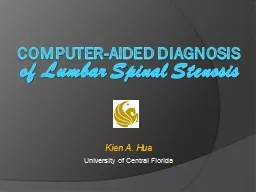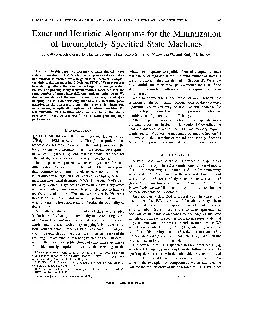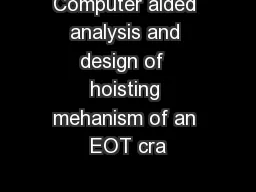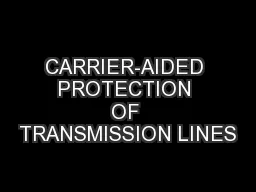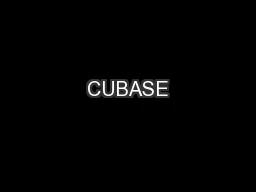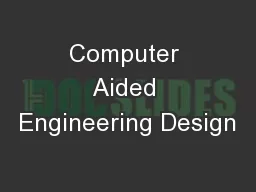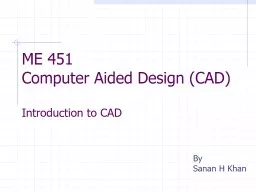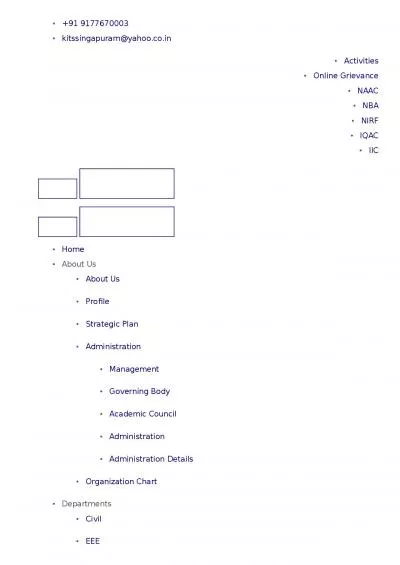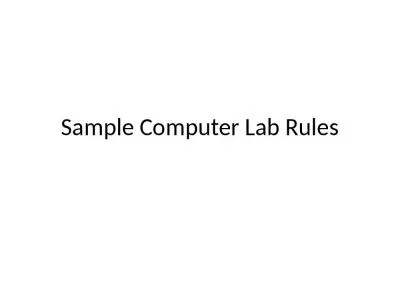PPT-Computer-aided diagnosis
Author : elitered | Published Date : 2020-06-16
of Lumbar Spinal Stenosis Kien A Hua University of Central Florida Outline Background lumbar spinal stenosis Our initial research CAD using Xray Updated system
Presentation Embed Code
Download Presentation
Download Presentation The PPT/PDF document "Computer-aided diagnosis" is the property of its rightful owner. Permission is granted to download and print the materials on this website for personal, non-commercial use only, and to display it on your personal computer provided you do not modify the materials and that you retain all copyright notices contained in the materials. By downloading content from our website, you accept the terms of this agreement.
Computer-aided diagnosis: Transcript
Download Rules Of Document
"Computer-aided diagnosis"The content belongs to its owner. You may download and print it for personal use, without modification, and keep all copyright notices. By downloading, you agree to these terms.
Related Documents

